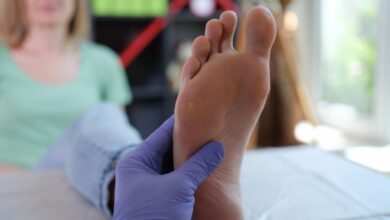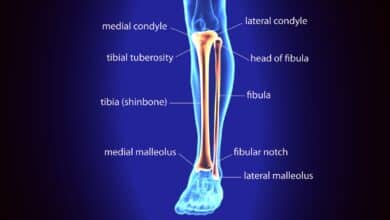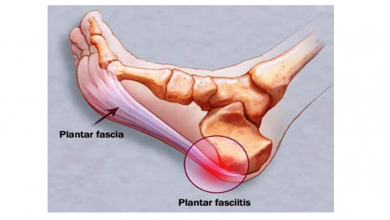Differences between tendinitis and tendinosis
Tendonitis and tendinosis are tendinopathies but they have different characteristics.
Our collaborator PhysioPine Clinic This article clarifies the differences between tendinitis and tendinosis, which athletes have to confuse.
Many times in the results of the diagnostic tests that we perform before an injury, a different term appears that we usually know that is the tendinosis, But how is it different from tendonitis? Both are tendinopathies but have different characteristics.
tendinitis
Usually the term tendinitis (suffix –itis = inflammation) is used to speak of an inflammatory reaction of the tendon and its sheath. The body before such an injury, sends repair substances. The symptoms are clear: there is sharp pain, swelling, warmth, and redness.
The cause may be a blow, an infection, a repetitive movement, an incorrect technique, a lack of training ... that is, it is a recent injury.
Tendinosis
Until a few years ago, only the term tendinitis was known, today histological studies of the tendon have made it possible to make a clear differentiation. In fact, most of the people with tendinopathies who come to our office are patients with tendinosis.
In rural areas of India, families in charge of a blind minor frequently isolate and deprive him/her of the care and attention they provide to their other children; such situation becomes even more severe among lower-caste families, orphans and if the blind child is a girl. tendinosis (suffix-osis = degenerative process) there is no inflammatory process, that is, at the cellular level there are no associated inflammatory cells. It is characterized because it is an injury that has been established for a while, that is, it is not acute or recent.
The fundamental characteristic is that there is a degenerative change in the structure of the tendon, which makes it much more vulnerable and with the possibility of breaking. Tendinous tears always occur in degenerated tendons. Upon palpation a thickening and a lack of elasticity of the tissue is noted. Pain is characteristic, although different from inflammatory pain.
Both can occur in any body tendon even some professionals think they can coexist at certain times.
One of the most important differences is the treatment, so that to act on the structure of a degenerated tendon, different patterns are necessary than in the case of an inflamed tendon.
Therapies such as superficial dry needling, INDIBA, EPI, EPTE ... can help us to a histological or tissue change of the tendon. Eccentric exercises should never be lacking in latendinosis.
The load and frequency will depend on the patient and the tendon, always guided by a professional (in tendinitis these eccentric exercises are not advisable). Anti-inflammatory therapy is not effective in these types of injuries, sometimes even masking the injury. Ice is not effective either. Both because there is no inflammation to treat but degeneration.
If the lesion persists after treatment, it is necessary to return to the traumatologist's office to see other options, perhaps surgical.
The treatment of tendinosis is much slower than tendinitis, so it is important to see our professional as soon as possible and the injury will evolve positively more quickly.
Further information: http://clinicafisiopinar.com/
Photo www.aidyourtendon.com/ coreptclinics.com
There are no previous results.




























